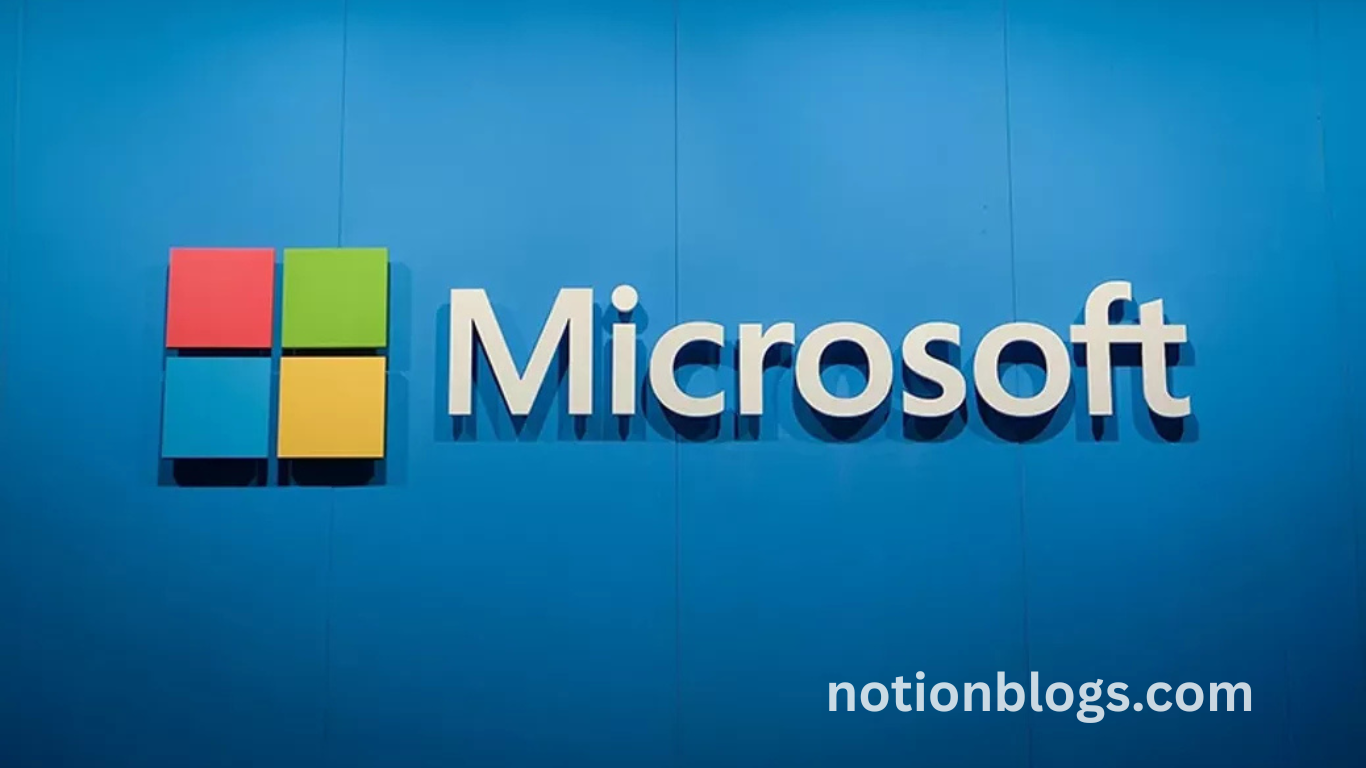In a world where cyber threats are more sophisticated than ever, one team at Microsoft stands as a digital frontline defense against the world’s most dangerous hackers. Operating behind the scenes, this elite unit, known as the Microsoft Threat Intelligence Center (MSTIC), works around the clock to detect, analyze, and neutralize cyberattacks aimed at disrupting businesses, stealing sensitive data, and undermining democratic institutions.
From state-sponsored cyber espionage to global ransomware attacks, MSTIC tackles the most complex security challenges with a mix of artificial intelligence, human expertise, and vast cloud infrastructure. The team doesn’t just defend Microsoft—they actively collaborate with governments, security researchers, and global organizations to create a safer digital ecosystem. Their proactive approach has become a gold standard in modern cybersecurity.
Inside the Microsoft Threat Intelligence Center and its critical mission
The Microsoft Threat Intelligence Center (MSTIC) is a specialized digital command center focused on identifying and responding to nation-state attacks and large-scale cyber threats. It operates with a global reach and uses real-time telemetry from Microsoft’s services and customer endpoints to detect unusual patterns and indicators of compromise.
MSTIC’s operations are tightly integrated with Microsoft’s cloud platforms and security products, such as Microsoft Defender and Sentinel. This integration allows the team to deploy mitigations swiftly, coordinate responses across systems, and provide early warnings to organizations potentially targeted by threat actors. The unit prioritizes transparency and often publishes technical reports to help the broader security community.
How MSTIC identifies and tracks nation-state threat actors
MSTIC is known for its unique ability to attribute cyberattacks to specific nation-states with high confidence. Through a combination of behavioral analysis, digital forensics, and data analytics, the team uncovers the fingerprints left behind by cyber attackers—such as malware signatures, command-and-control patterns, and infrastructure reuse.
They use code names for adversarial groups—like STRONTIUM (Russia), NOBELIUM (Russia), CHOLLIMA (North Korea), and PHOSPHORUS (Iran)—and continuously monitor their tactics, techniques, and procedures (TTPs). This long-term intelligence gathering allows MSTIC to disrupt campaigns early and advise global partners on how to bolster their defenses.
The role of AI and machine learning in cyber threat detection
To stay ahead of increasingly stealthy and automated cyberattacks, MSTIC extensively leverages artificial intelligence and machine learning. These technologies analyze billions of signals daily from emails, endpoints, cloud platforms, and networks to detect anomalies that may indicate a threat.
Read More : Amazon-Backed Scale AI Plans Middle East Expansion
AI models help identify zero-day exploits, phishing patterns, and ransomware activity far faster than human analysts could. Once a potential threat is detected, it’s escalated to MSTIC’s experts for further investigation. This hybrid approach of automation plus human judgment ensures accuracy and scalability in defending against global cyber threats.
Collaboration with law enforcement and international agencies
MSTIC is not just an internal watchdog—it also acts as a key player in global cybersecurity diplomacy. The team frequently collaborates with organizations like INTERPOL, Europol, and the FBI, sharing intelligence about emerging threats and ongoing cyber campaigns.
These partnerships have led to coordinated takedowns of criminal infrastructure and helped protect democratic elections, critical infrastructure, and sensitive government data. MSTIC’s reputation for accurate attribution and in-depth analysis makes it a trusted ally in international cyber defense initiatives and investigations.
Protecting critical infrastructure from sophisticated attacks
With growing cyber risks to power grids, healthcare systems, and government databases, MSTIC has made the protection of critical infrastructure a core focus. They monitor for threats that could affect public safety and national security, such as advanced persistent threats (APTs) or ransomware targeting hospitals and utilities.
MSTIC works closely with Azure and Microsoft 365 teams to ensure the security of cloud environments used by critical sectors. They also issue threat reports and recommendations to help administrators harden their systems against known vulnerabilities and new exploits used by threat actors.
Major cyber campaigns intercepted or mitigated by MSTIC
MSTIC has played a key role in uncovering and disrupting primary cyber operations, such as the SolarWinds supply chain attack, which impacted multiple U.S. government agencies and private firms. MSTIC’s early detection helped contain the damage and provided crucial details that guided the broader cybersecurity community.
Other campaigns, like the targeting of political institutions and healthcare organizations during the COVID-19 pandemic, were also mitigated through MSTIC’s timely intervention. Their detailed public disclosures help organizations learn from real-world threats and improve overall resilience.
Educating and empowering organizations to defend themselves
Beyond immediate threat mitigation, MSTIC empowers organizations with knowledge and tools to strengthen their defenses. They publish threat intelligence reports, host webinars, and integrate threat data into Microsoft Security products to give IT teams actionable insights.
Features like security scorecards, threat analytics, and custom alerts help enterprises of all sizes stay one step ahead. MSTIC also promotes cybersecurity hygiene and preparedness, advocating for practices like multi-factor authentication, zero-trust architecture, and regular system patching.
A future-focused approach to evolving cyber threats
As cyber threats continue to evolve in complexity and scale, MSTIC is constantly adapting its strategies. The team invests in research, develops proprietary tools, and collaborates with AI researchers to predict future attack trends.
They also explore geopolitical shifts, emerging technologies, and underground forums to anticipate new threat vectors. By maintaining a proactive posture, MSTIC aims to neutralize threats before they materialize and set new standards for global cybersecurity resilience.
Frequently Asked Questions
What is the Microsoft Threat Intelligence Center (MSTIC)?
MSTIC is Microsoft’s elite cybersecurity unit focused on identifying, analyzing, and mitigating large-scale cyber threats, including state-sponsored attacks.
How does MSTIC detect cyber threats?
It uses real-time telemetry, behavioral analysis, and machine learning to identify suspicious activities across Microsoft’s global digital infrastructure.
Which countries are most often linked to attacks MSTIC investigates?
MSTIC often attributes attacks to nation-state actors from Russia, China, Iran, and North Korea, each using distinct techniques and motives.
Does MSTIC only protect Microsoft systems?
No, MSTIC also helps protect users, organizations, and governments that rely on Microsoft services by sharing threat intelligence and security tools.
Can organizations access MSTIC’s intelligence?
Yes, many reports and updates are made public through Microsoft blogs, security alerts, and integration with products like Microsoft Defender.
How does MSTIC collaborate with other agencies?
MSTIC works with law enforcement and global agencies to share threat intelligence and assist in cybercrime investigations and infrastructure takedowns.
What are APTs, and why are they significant to MSTIC?
Advanced Persistent Threats (APTs) are prolonged cyber campaigns often backed by governments. MSTIC specializes in tracking and countering them.
How can businesses improve their cybersecurity using MSTIC insights?
By adopting recommendations in MSTIC’s threat reports, using Microsoft’s security tools, and implementing best practices like zero trust models.
Conclusion
Microsoft’s Threat Intelligence Center remains a crucial line of defense in the battle against global cyber threats. With its blend of cutting-edge technology, skilled analysts, and international partnerships, MSTIC helps secure data, infrastructure, and democracy. Stay informed and proactive—cybersecurity begins with awareness.







